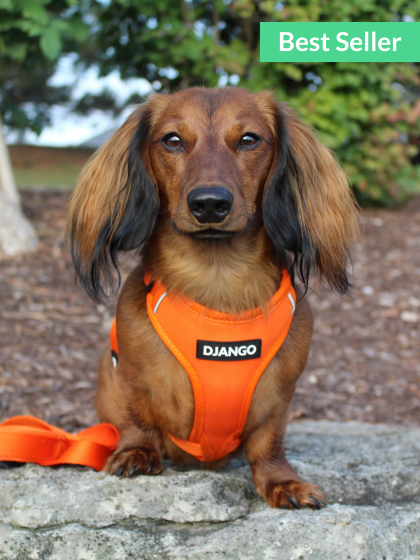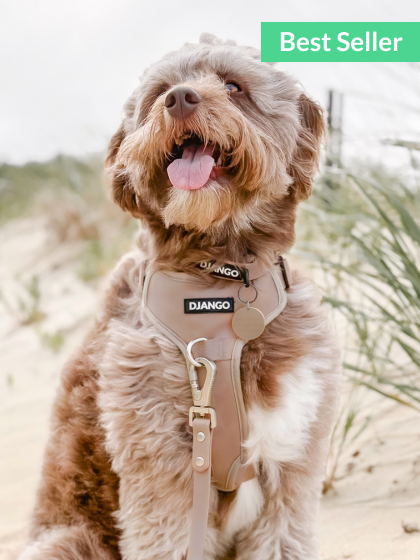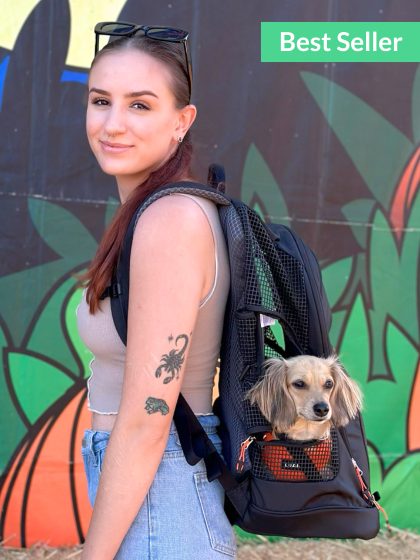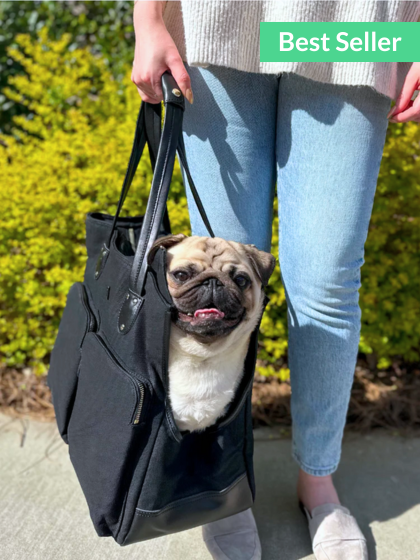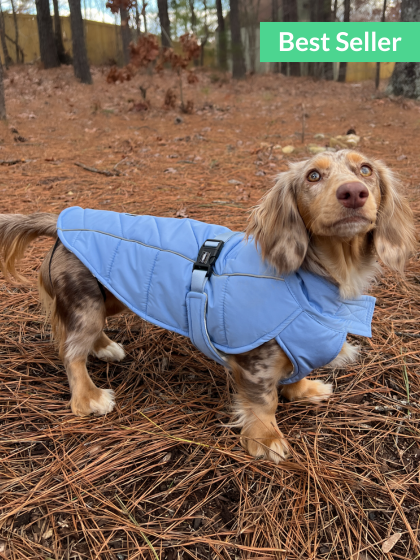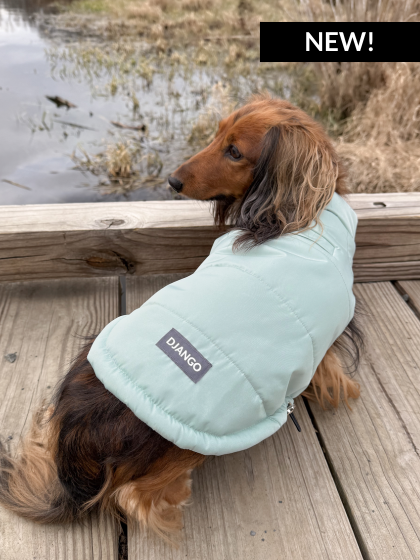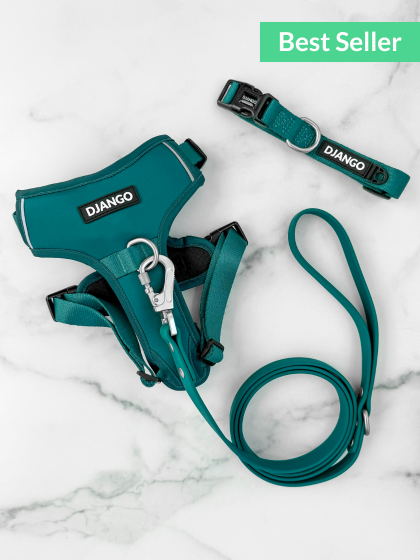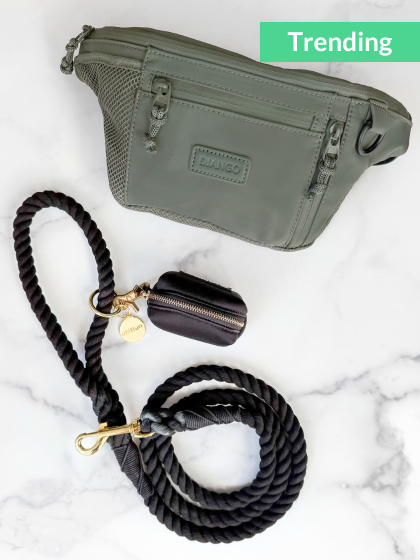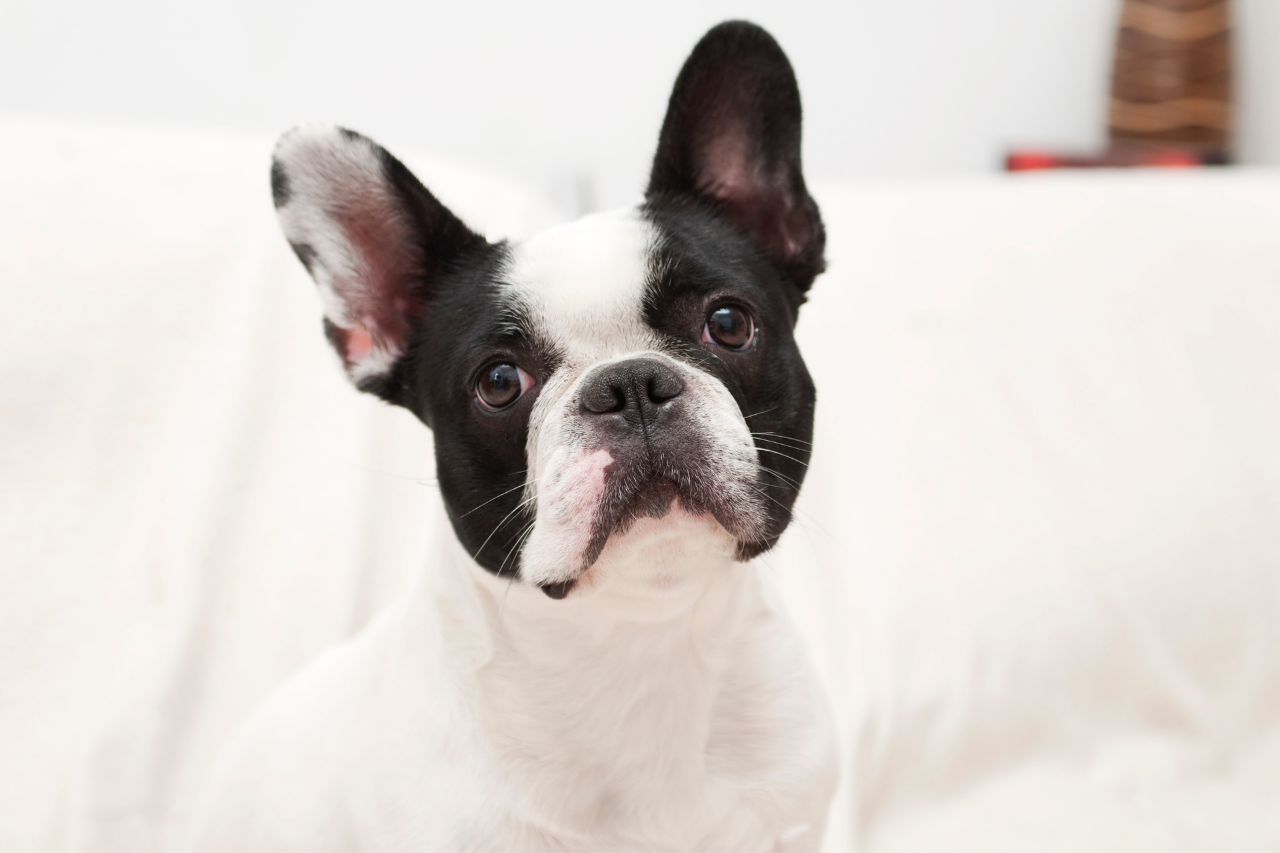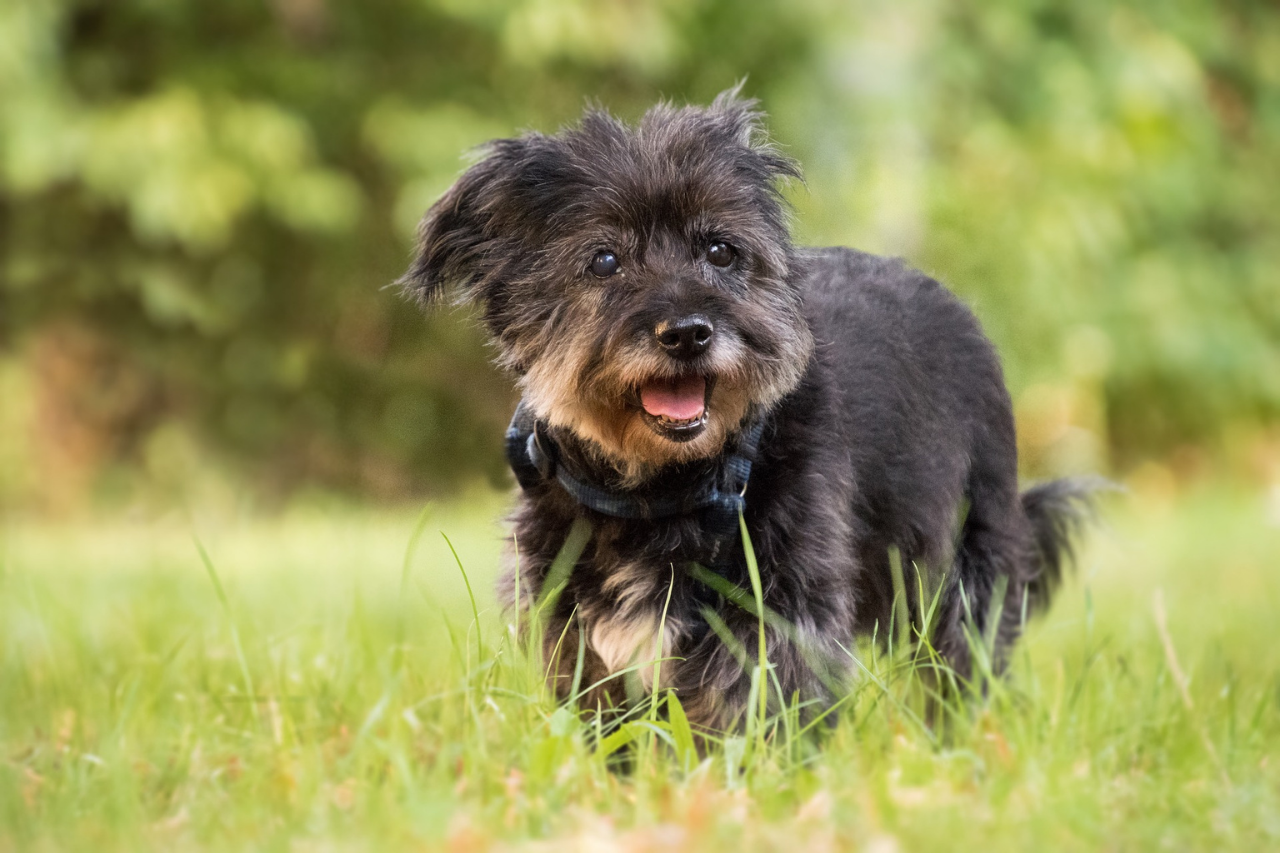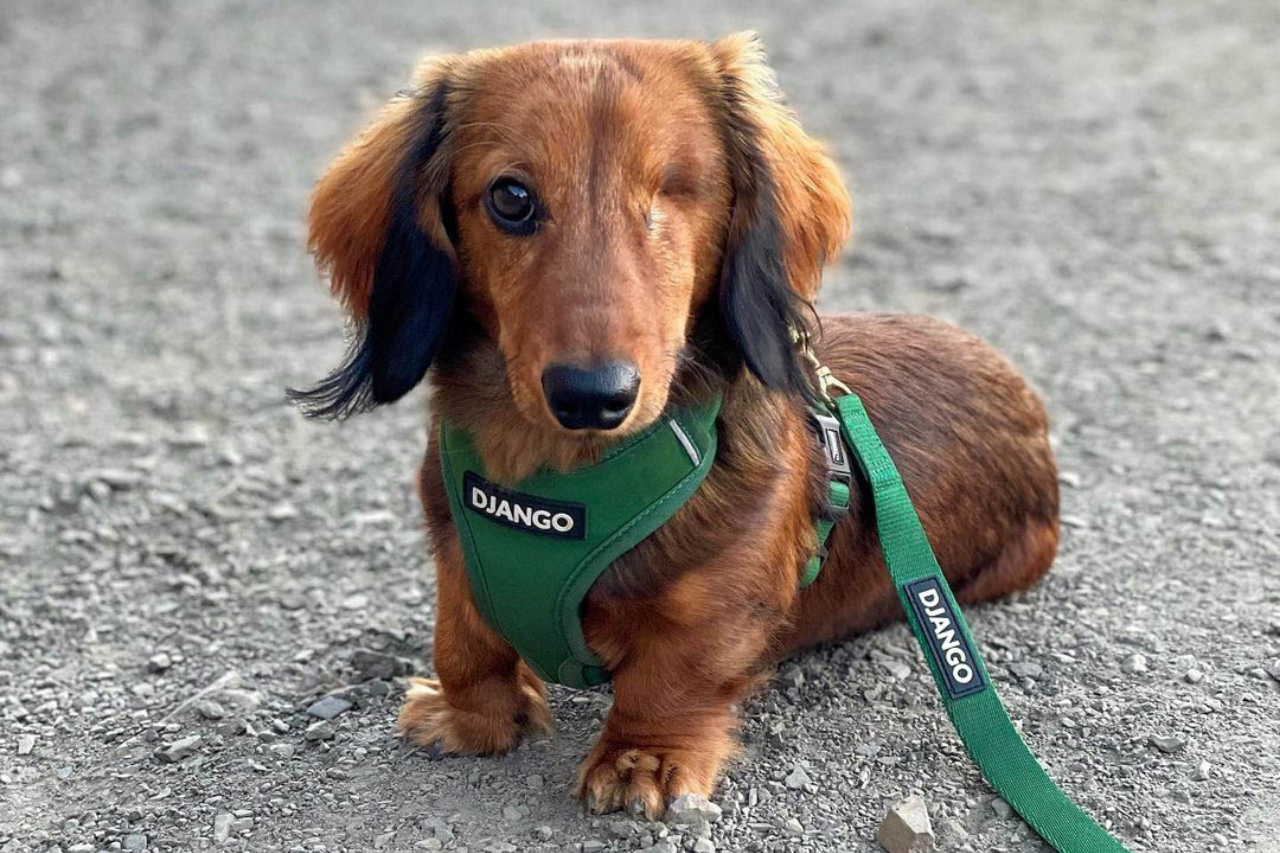What do French bulldogs, Cavalier King Charles spaniels, and Shih Tzus have in common? It is not just that they consistently rank among the American Kennel Club’s most popular breeds. These dog breeds are brachycephalic, which means “short-headed” in Greek. Brachycephalic dog breeds (also called flat-faced or snub-nosed dogs) have buggy eyes, squished faces, and scrunched-up noses.
With their baby-like features and small size, Brachycephalic dog breeds are incredibly cute. The problem is, breeding dogs to have miniature muzzles and shorter skulls can cause many health problems.
Want to add a brachycephalic dog breed to your family? Once your beautiful four-legged friend arrives, you will need to take special precautions to keep your snub-nosed dog happy and healthy. In this DJANGO Dog Blog article, we discuss everything you need to know about taking care of flat-faced dogs.
POPULAR BRACHYCEPHALIC DOG BREEDS
French bulldogs and bulldogs have ranked in the AKC’s top 5 most popular breeds for the last four years. As of writing in mid 2021, frenchies are considered the second most popular dog in the United States! Seven snub-nosed breeds were also listed in the top 35 most popular dog breeds in 2020. These popular dog breeds include:
- Boxers
- Boston terriers
- Pomeranians
- Cane corsos
- Mastiffs
- Chihuahuas
A 2020 study by the Royal Veterinary College found that first-time pet parents preferred brachycephalic dog breeds because they are low maintenance and require less exercise. Flat-faced dogs are also popular family companions and apartment dwellers.
BRACHYCEPHALIC AIRWAY SYNDROME
While brachycephalic dog breeds have a shortened nose and upper jaw, they still have the same amount of tissue as dogs with longer snouts. The extra tissue gets squeezed into a shorter space, so there is no room for air to move around. This causes brachycephalic airway syndrome.
Brachycephalic airway syndrome is an umbrella term that describes four upper airway conditions. A brachycephalic dog usually has 3-4 of these conditions at the same time. They are:
- Stenotic nares: Brachycephalic dogs have small, slit-like nostrils that cannot flare open to let extra air in. They tend to breathe through their mouths and swallow air, which often causes gas.
- Elongated soft palate: Brachycephalic dogs also have soft palates that are too long for their mouth. The excess soft tissue blocks their windpipes, causing reverse-sneezing, grunting, or snoring.
- Hypoplastic trachea: Some brachycephalic dogs have dangerously narrow windpipes. This can cause them to pant extra hard. It also makes anesthesia incredibly risky.
- Everted laryngeal saccules: The laryngeal saccules are two tiny air sacs located in front of the vocal cords. If a brachycephalic dog has stenotic nares or an elongated soft palate, they can 'evert' or flip inside out and block his windpipe, making it harder to breathe.
SYMPTOMS OF BRACHYCEPHALIC AIRWAY SYNDROME
Most brachycephalic dog breeds are at risk of developing brachycephalic airway syndrome, but English bulldogs, pugs, and Boston terriers are the most vulnerable. According to a 2015 study, the majority of dogs are diagnosed with brachycephalic airway syndrome by 12 months of age. The clinical signs and symptoms of brachycephalic airway syndrome are:
- Noisy breathing
- Snorting when excited
- Snoring when asleep or relaxed (like sleep apnea)
- Tiring easily after exercise
- Difficulty breathing
- Nasal discharge
- Bluish tongue and gums
- Coughing
- Gagging and retching
- Vomiting
- Fainting
- Low body temperature
“I THINK MY DOG HAS BRACHYCEPHALIC AIRWAY SYNDROME. WHAT SHOULD I DO?”
Visit your regular veterinarian as soon as possible. If your dog has mild or intermittent brachycephalic airway syndrome, your veterinarian will most likely recommend a weight loss program and ways to avoid heat, humidity, and stress.
If your dog has severe brachycephalic airway syndrome, he may need a stenotic nares resection. This can cost anywhere from $200-$1,000 and involved your veterinarian widening your dog’s nostrils. Your dog may also need a soft palate resection that costs between $500 and $1,500. During this procedure, your veterinarian will remove extra tissue at the back of your dog’s throat.
If your dog is gasping for air or has a bluish tongue, immediately rush him to the nearest emergency veterinary clinic.
HOW TO CARE FOR A BRACHYCEPHALIC DOG
Here are some simple tips to help you reduce the symptoms of brachycephalic airway syndrome and protect your dog's health.
- Choose a responsible breeder. Responsible dog breeders work to improve brachycephalic dog breeds. They try to breed dogs with wider nostrils and longer noses. They also pay $500-$2,000 to have their brachycephalic puppies delivered by C-section. According to a research study, 81% of French bulldogs, 86% of bulldogs, and 92% of Boston terriers need C-sections.
- Keep your dog at a healthy weight. Overweight and obese dogs are twice as likely to suffer from brachycephalic airway syndrome. Not only does excess weight place an even greater burden on their already compromised airways, but it also stores body heat. This can cause heatstroke. Consider feeding your dog high-quality fresh dog food or high-quality dog kibble to control his weight and keep it in a healthy range.
- Clean your dog’s skin folds. Brachycephalic dog breeds that have deep facial wrinkles and skin folds are prone to skin conditions, such as skin fold dermatitis and yeast infections. Deep skin folds can rub together or catch tears, saliva, and urine. Clean your dog’s skin folds every day with baby or dog wipes. You can also use a solution of half water and half hypoallergenic dog shampoo. Then thoroughly dry his skin and put a small amount of petroleum jelly between each skin fold.
- Avoid heat and humidity. Brachycephalic dog breeds struggle to breathe in humid weather or midday heat. Keep your dog inside when it is above 80°F. Take a 20-to-30 minute walk when temperatures are in the 50s or 60s.
- Use a high-quality dog harness instead of a dog collar. If your dog pulls too hard on a leash attached to a neck collar, it can cause his windpipe to collapse. Because brachycephalic dog breeds have shallow eye sockets, it can also cause their eyes to pop out of the socket.
- Brush your dog’s teeth. Just like all other dogs, brachycephalic dogs have 42 teeth. Because they have flat faces and shorter jaws, their teeth tend to overlap and come in at odd angles. This can cause tartar buildup and periodontal disease, so it is important to brush their teeth several times a week. Does your dog hate having his teeth brushed? Try dog dental chews (e.g. Milk-Bone Brushing Chews or Greenies Natural Dental Dog Treats). You can also put mouthwash like TropiClean Fresh Breath Water Additive in your dog’s bowl to help with dental issues like bad breath, swollen gums, and discolored teeth.
- Spay or neuter your dog. Because brachycephalic airway syndrome is inherited, it is best to spay or neuter flat-faced dogs that had to have corrective surgeries.
- Take travel precautions. Alaska Airlines, American Airlines, Delta Airlines, and United Airlines have banned brachycephalic dogs from flying in-cabin. Aloha Air Cargo, Amerijet, Hawaiian Air, and Pacific Air Cargo are the only domestic airlines that allow snub-nosed dogs to fly in the cargo hold. That is because brachycephalic dog breeds have a harder time flying. After all, they are more sensitive to changes in temperature and air quality. According to the American Veterinary Medical Association, 50% of dogs that died in transit were flat-faced dog breeds.
"CAN BRACHYCEPHALIC SYNDROME BE PREVENTED?"
There is no "cure" for brachycephalic airway syndrome since causes are attributed to physical traits: miniature muzzles and shorter skull. With that said, the above tips can significantly enhance your brachycephalic dog's health and reduce symptoms of the syndrome.
If you have any specific questions about your brachycephalic dog's health and wellbeing or think he or she may be suffering from brachycephalic airway syndrome, please visit or speak with your licensed veterinarian.
BEFORE YOU GO
We hope you found this DJANGO Dog Blog article useful! Do you have a brachycephalic dog breed? Has your dog had any health issues? Don't hesitate to leave a comment below. We would love to hear from you!
Follow our celebrity sausage dog Django, and follow DJANGO Dog Blog on Facebook, Instagram, and Pinterest.

